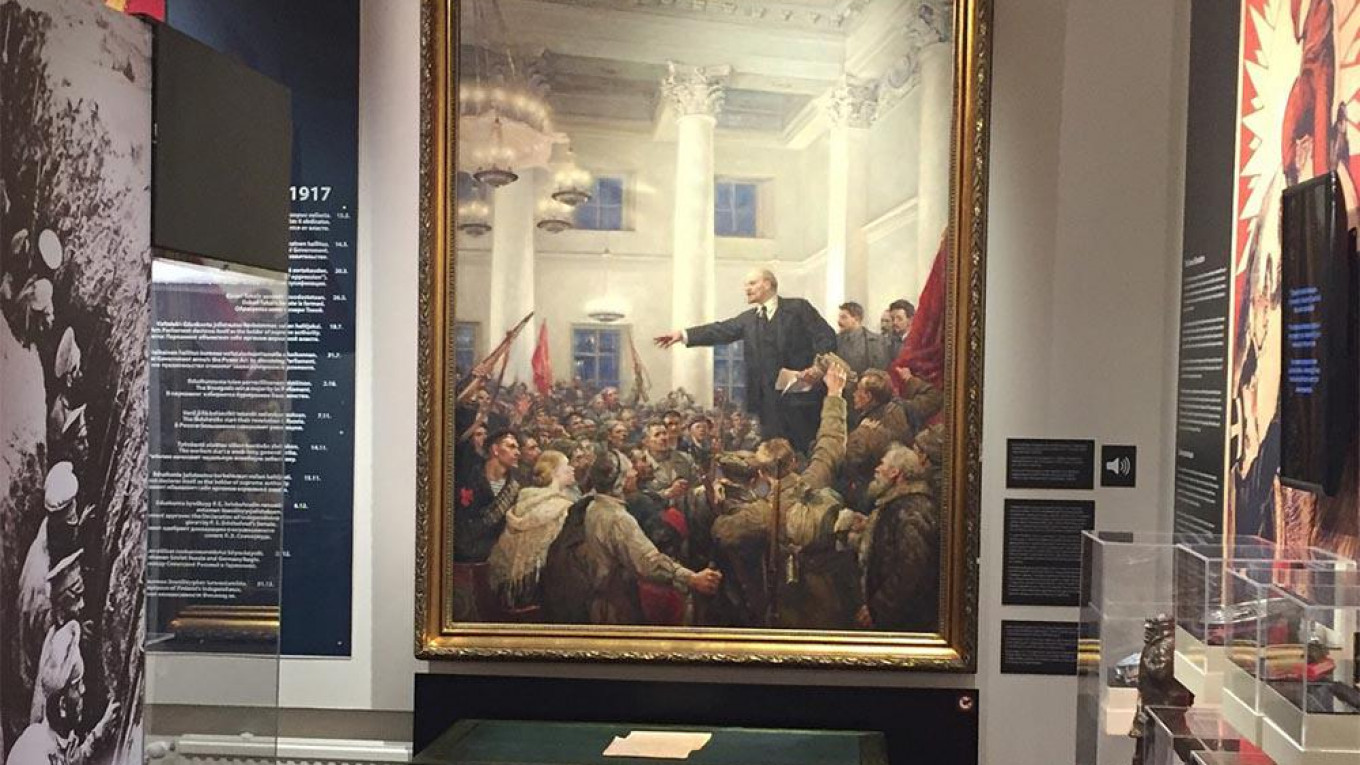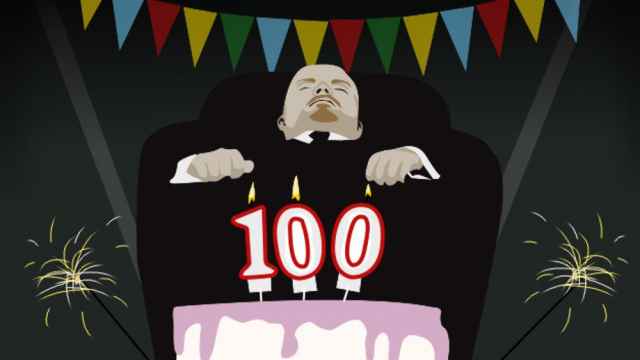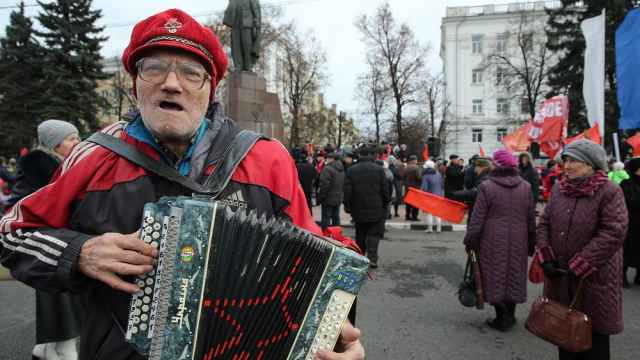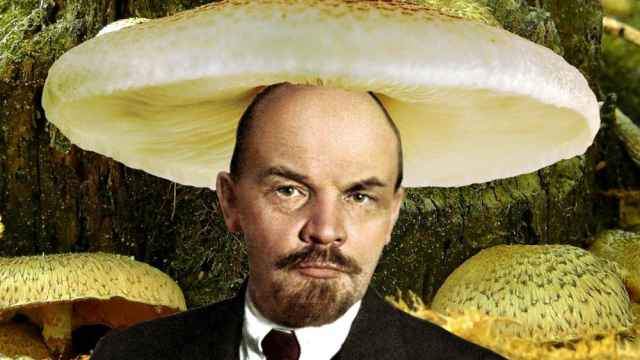Tampere, Finland — On a cold December day in 1905, a group of local Finnish labor activists in the city of Tampere lent their hall to a group of Bolsheviks.
Tensions earlier that year had risen as part of a wave of labor activism across the Russian Empire and leading Bolsheviks needed a safe location to meet and regroup.
Finland, then a semi-autonomous Grand Duchy under the Tsar, and Tampere, an industrial city with a sympathetic population and its own burgeoning labor movement, made for an ideal location.
The conference was routine, but the meeting still made history. The gathering marked the first time that Vladimir Lenin and Josef Stalin — the founding fathers of the Soviet Union — met, giving Finland and the city of Tampere a supporting role in the October Revolution that toppled Tsar Nicholas II and remade the world 100 years ago.
Over the years, Lenin’s links to Finland became mythologized, with the worker’s hall where the fateful meeting took place transformed into a museum in honor of the Soviet leader in 1946. The museum cast Lenin as an epic hero and the venue became a pilgrimage site for visiting Soviet citizens and sympathetic Finns.
Life in Russia’s shadow
During the Cold War, Finnish President Urho Kekkonen, who was in office from 1956 to 1981, used the museum — and Lenin’s ties to his country — as a diplomatic tool, ushering in visiting Soviet dignitaries such as Nikita Khrushchev and Leonid Brezhnev as the Finnish leader sought favor and balanced Moscow’s wishes against Helsinki’s own needs in a delicate high-wire act.
But today, much of that difficult history is being aired out in the open at the Lenin Museum. While it remains the last of a once vast network of similar museums dedicated to the famous Bolshevik outside the former Soviet Union, the venue underwent a facelift two years ago, and its days of pleasing Moscow are over. Rather, the museum is now dedicated to exploring Finland’s complicated, and often bloody, history with its larger neighbor to the east.
The revamped displays, which were unveiled in the summer of 2016, put that tumultuous history in the spotlight. And while the museum maintains its exhibitions about Lenin and the gift shop features its share of Soviet nostalgia, it delves into the horrors of the Soviet labor camp system, the brutality of the Russian and Finnish civil wars, and half of the museum is dedicated to discussing Finland’s trials during the Cold War period. Even the bookstore, which sells books ranging from “The Communist Manifesto” to Anne Applebaum’s “Gulag,” symbolizes the museum’s transformation.
“We wanted to showcase what Finland’s relationship with Russia and the Soviet Union really was,” said Mia Heinimaa, the historian in charge of the Lenin Museum in Tampere, Finland’s second-largest city. “And it’s a story of a small Finland struggling against a huge neighbor.”
For Finland, that struggle is intrinsically tied to Lenin’s own legacy and the chain of events he helped set in motion. Nearly 100 years later, the country is still trying to come terms with this history and the upheaval that it brought: civil war, international conflict, annexation and surviving next to a superpower.
Finland has made strides healing some of those scars, but others remain raw as the country once again finds itself grappling with the implications of life in Russia’s shadow.
The collapse of the Russian Empire and the birth of the Soviet Union sparked by the Bolsheviks storming the Winter Palace created a vacuum that Finland exploited, declaring its independence in December 1917, which was then recognized by Lenin in January 1918.
Later, as the remnants of the Russian Empire broke down into a civil war between the Tsarist “Whites” and Communist “Reds,” Finland had its own fratricidal conflict in 1918 along similar lines.
The Finnish Civil War was brutal, complete with prison camps and mass executions, and while it lasted for less than five months, it’s estimated that 36,000 people were killed and 15,000 children orphaned out of a population of 3 million at the time.
Nearly 100 years after the revolution, Finland is still trying to come terms with this history and the upheaval that it brought: civil war, international conflict, annexation and surviving next to a superpower
The new museum has made a point of displaying the brutality of the conflict, but this bloody history was polished and repackaged in the Lenin Museum’s earlier incarnation. The old version focused on Lenin’s personal story and his own links to Finland, centering around his travels in the country prior to the October Revolution and his friendships with various Finns, most notably Oskar Engberg, a Finnish socialist who was the best man at Lenin’s wedding to Nadezhda Krupskaya while in exile in Siberia.
But this intertwining of Finland and Lenin wasn’t simply propaganda, it was also foreign policy. According to Heinimaa, Kekkonen, Finland’s former president who came into power in 1956, enshrined Lenin’s role in granting Finland its independence as part of a strategy to protect the country’s sovereignty from Soviet overreach.
“[Kekkonen] knew that the things Lenin did were sacred,” she said. “So, if Lenin helped give us independence, that meant it would be difficult for his successors to take it away.”
These concerns were very real for Helsinki and were crystallized at the beginning of World War II when Stalin invaded Finland with the intent of putting the country back under Moscow’s control. As total war broke out in 1939 in what came to be called the Winter War, which took more than 400,000 lives, the Finns managed to push back the Soviet advance, but ceded territory to Moscow.
Balancing east and west
Finland returned to war in 1941, this time allied with Nazi Germany, in an attempt to take that territory back, but it ended in surrender in 1944. The Finns were able to retain their independence, but found themselves walking a tightrope between the east and west.
What came next was an era of rapprochement where Helsinki followed a policy of neutrality, allowing it to balance further integration with Europe and maintaining good relations with the Soviet giant next door.
The new museum takes on this “Finlandization” period, touching on the geopolitical maneuvering and domestic fights for power that defined it. At its core, Finlandization was a survival mechanism that allowed the small nation to retain its hard-won independence, while reaping the benefits of east and west trade and modernizing its economy.
As a result, the policy is largely viewed as a success story today and Kekkonen — its main champion — is remembered as a geopolitical trapeze artist skilled at surviving the high stakes of the Cold War.
But this success story is not without its dark side. By emerging as the gatekeeper of Finland’s ties to Moscow, Kekkonen became the undisputed leader of the country for over 25 years, amassing unparalleled power in Finnish history.
Censorship and self-censorship became the norm on all matters related to the Soviet Union, effectively silencing public debate and granting Kekkonen the means to unseat his political rivals.
“Because Finnish-Soviet relations were bound to Kekkonen’s personality and presidency, it affected Finland’s political system as a whole,” said Riku Keski-Rauska, a Finnish historian. “There really were no alternatives to [him] because antagonizing the president became synonymous with being anti-Soviet.”
Coming to terms with this period is an ongoing process in Finland. The country has moved fast to integrate with the West since the collapse of the Soviet Union and develop into a country that regularly tops world indexes for quality of life and education.
Helsinki has been criticized by its Baltic neighbors for being too appeasing of Russia in the aftermath of the Kremlin’s 2014 annexation of Crimea. Finland is not a NATO member and joining the alliance is still a touchy subject in Helsinki’s political circles.
And while the museum in Tampere might be a reminder of just how deep its historical wounds still are, it’s also a monument to how Finland has evolved.
Lenin and the October Revolution may have altered its fate forever 100 years ago, but now more than ever, that fate may finally be in Finland’s own hands.
A Message from The Moscow Times:
Dear readers,
We are facing unprecedented challenges. Russia's Prosecutor General's Office has designated The Moscow Times as an "undesirable" organization, criminalizing our work and putting our staff at risk of prosecution. This follows our earlier unjust labeling as a "foreign agent."
These actions are direct attempts to silence independent journalism in Russia. The authorities claim our work "discredits the decisions of the Russian leadership." We see things differently: we strive to provide accurate, unbiased reporting on Russia.
We, the journalists of The Moscow Times, refuse to be silenced. But to continue our work, we need your help.
Your support, no matter how small, makes a world of difference. If you can, please support us monthly starting from just $2. It's quick to set up, and every contribution makes a significant impact.
By supporting The Moscow Times, you're defending open, independent journalism in the face of repression. Thank you for standing with us.
Remind me later.






